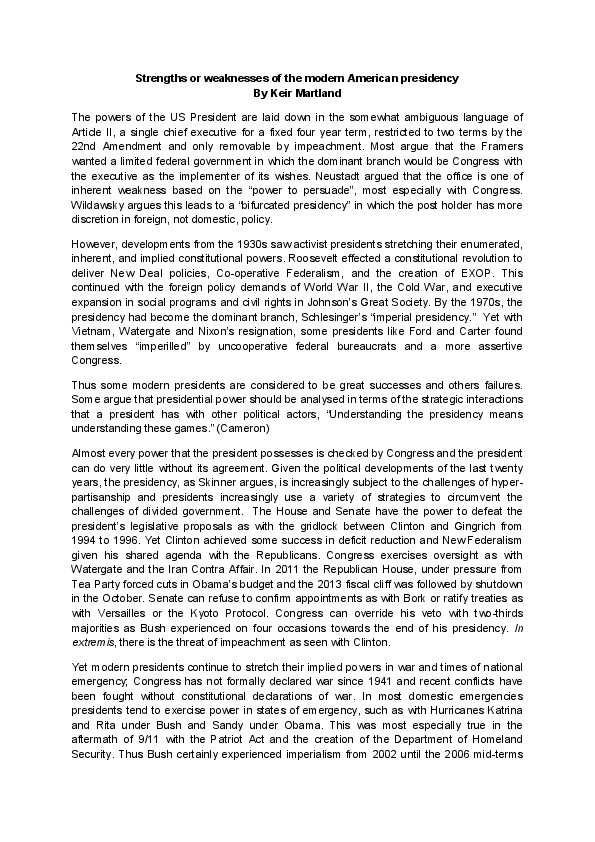Reshaping India's Insurance Landscape: Ind AS 117's Transformative Potential

Table of Contents
Understanding Ind AS 117 and its Impact on Indian Insurers
Ind AS 117 represents a paradigm shift from previous insurance accounting standards. Its implementation necessitates a fundamental change in how Indian insurers recognize, measure, and report their insurance contracts.
Key Changes Introduced by Ind AS 117:
-
Contract-Based Approach: A significant departure from the predominantly incurred loss model, Ind AS 117 adopts a contract-based approach, requiring insurers to analyze each insurance contract individually and recognize the associated liabilities and assets. This granular approach necessitates a far more sophisticated understanding of each policy's financial implications.
-
Complex Recognition and Measurement: The new standard introduces increased complexity in recognizing and measuring insurance contracts. This involves determining the fulfillment of contractual obligations, estimating future cash flows, and applying appropriate discount rates, significantly increasing the computational burden.
-
Enhanced Transparency through Disclosure: Ind AS 117 mandates detailed disclosure requirements, providing greater transparency to stakeholders. This includes comprehensive information about the insurer's risk profile, financial performance, and the valuation of insurance liabilities.
-
Impact on Capital and Solvency: The revised valuation techniques and increased accuracy in liability measurement directly impact capital requirements and solvency assessments. Insurers will need to maintain higher capital reserves to meet the new solvency standards.
-
Revised Valuation Techniques: Ind AS 117 introduces changes in the valuation techniques used for insurance liabilities, moving towards more current and market-consistent valuations, requiring sophisticated modeling techniques.
-
Bullet Points:
- Ind AS 117 replaces the previous, less comprehensive accounting standards, leading to a more accurate picture of financial health.
- The implications vary significantly across different insurance products: life insurance policies require different treatment compared to general or health insurance policies.
- Compliance demands significant investments in upgrading IT infrastructure and data management systems to handle the increased data processing requirements.
Implications for Financial Reporting and Transparency
The adoption of Ind AS 117 is set to significantly enhance financial reporting and transparency within the Indian insurance sector.
Enhanced Financial Reporting:
-
Improved Comparability: Ind AS 117 ensures improved comparability of financial statements across different insurers, enabling more meaningful benchmarking and analysis. Investors can more readily compare the financial performance of different insurance companies.
-
Accurate Financial Position: The standard ensures a more accurate reflection of an insurer's financial position and performance, reducing information asymmetry and promoting investor confidence.
-
Greater Stakeholder Transparency: The increased disclosure requirements offer greater transparency to investors, regulators, and other stakeholders, fostering trust and accountability.
-
Bullet Points:
- Financial statements will show a more comprehensive view of liabilities, including a breakdown of expected future cash flows and discount rates.
- Robust internal controls and audit processes become crucial to ensure compliance with the stringent reporting requirements.
- Enhanced transparency improves investor confidence, potentially leading to increased access to capital markets.
Challenges and Opportunities for Indian Insurers in Implementing Ind AS 117
Implementing Ind AS 117 presents both significant challenges and exciting opportunities for Indian insurers.
Addressing Implementation Challenges:
- IT Infrastructure Upgrades: A substantial investment in IT infrastructure is required to manage the increased data processing and computational demands of the new standard. This includes upgrading systems and software.
- Skilled Personnel: Insurers will need to recruit and train skilled personnel with expertise in Ind AS 117 and its practical application, including actuaries and finance professionals.
- Data Migration and Reconciliation: The complex process of migrating data from legacy systems and reconciling it with the requirements of Ind AS 117 presents a considerable challenge.
Leveraging the Opportunities:
-
Improved Risk Management: The granular data analysis required by Ind AS 117 allows for better risk assessment and proactive risk management strategies.
-
Enhanced Investor Relations: Transparent and accurate financial reporting enhances investor relations and improves access to capital markets.
-
Stronger Corporate Governance: The enhanced disclosure requirements and focus on accurate financial reporting strengthen corporate governance practices.
-
Bullet Points:
- A thorough cost-benefit analysis is vital before undertaking implementation to assess the return on investment.
- A phased implementation approach, coupled with robust training programs for staff, can improve the success rate.
- Early adoption can offer a competitive advantage, allowing insurers to adapt and optimize their strategies before the official deadline.
Regulatory Aspects and Future Outlook of Ind AS 117 in India
The Insurance Regulatory and Development Authority of India (IRDAI) plays a pivotal role in guiding and overseeing the adoption of Ind AS 117.
Role of the IRDAI:
- Guidance and Support: The IRDAI provides guidance and support to insurers during the implementation process, issuing clarifications and addressing concerns.
- Potential Amendments: Future amendments or clarifications to Ind AS 117 may be issued to further refine its application and address any emerging issues.
Future Implications:
-
Competitive Landscape: Ind AS 117 will likely reshape the competitive landscape of the Indian insurance industry, favoring insurers with robust systems and effective implementation strategies.
-
Pricing and Product Innovation: The new standard may affect pricing strategies and lead to product innovation as insurers adapt to the changing regulatory environment.
-
Bullet Points:
- The IRDAI has established clear timelines and phases for the implementation of Ind AS 117.
- The impact will vary across different segments of the insurance market, with some segments facing greater challenges than others.
- Convergence with global accounting standards is a long-term goal, promoting greater international comparability.
Conclusion
Ind AS 117 represents a watershed moment for the Indian insurance sector. While its implementation presents considerable challenges, it simultaneously unlocks significant opportunities for improved transparency, enhanced risk management, and more robust financial reporting. By proactively addressing the implementation challenges and capitalizing on the opportunities, Indian insurers can secure their position for future success. A thorough understanding and effective adoption of Ind AS 117 are crucial for navigating the future of insurance accounting in India. Stay informed about the latest developments in Ind AS 117 and its implications for the Indian insurance landscape to ensure your organization is well-prepared.

Featured Posts
-
 From Scatological Data To Engaging Podcast The Power Of Ai Digestion
May 15, 2025
From Scatological Data To Engaging Podcast The Power Of Ai Digestion
May 15, 2025 -
 Top Dodgers Prospects Tracking Kim Hope Miller And Phillips
May 15, 2025
Top Dodgers Prospects Tracking Kim Hope Miller And Phillips
May 15, 2025 -
 The Trump Biden Presidency A Look At Their Strengths And Weaknesses
May 15, 2025
The Trump Biden Presidency A Look At Their Strengths And Weaknesses
May 15, 2025 -
 Announcing The Kid Cudi Joopiter Auction Dates And Highlights
May 15, 2025
Announcing The Kid Cudi Joopiter Auction Dates And Highlights
May 15, 2025 -
 Foot Locker Summer Campaign Highlights Diverse Communities
May 15, 2025
Foot Locker Summer Campaign Highlights Diverse Communities
May 15, 2025
